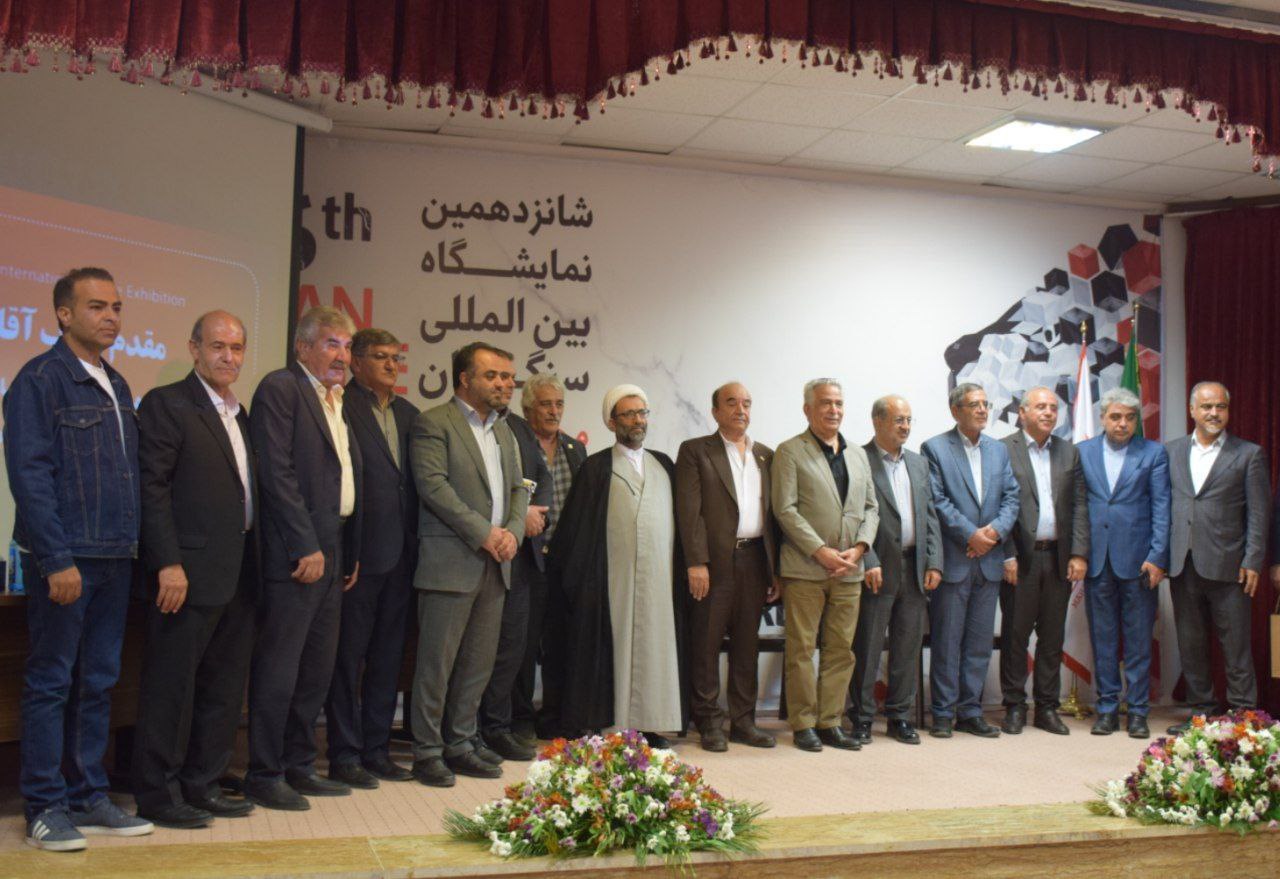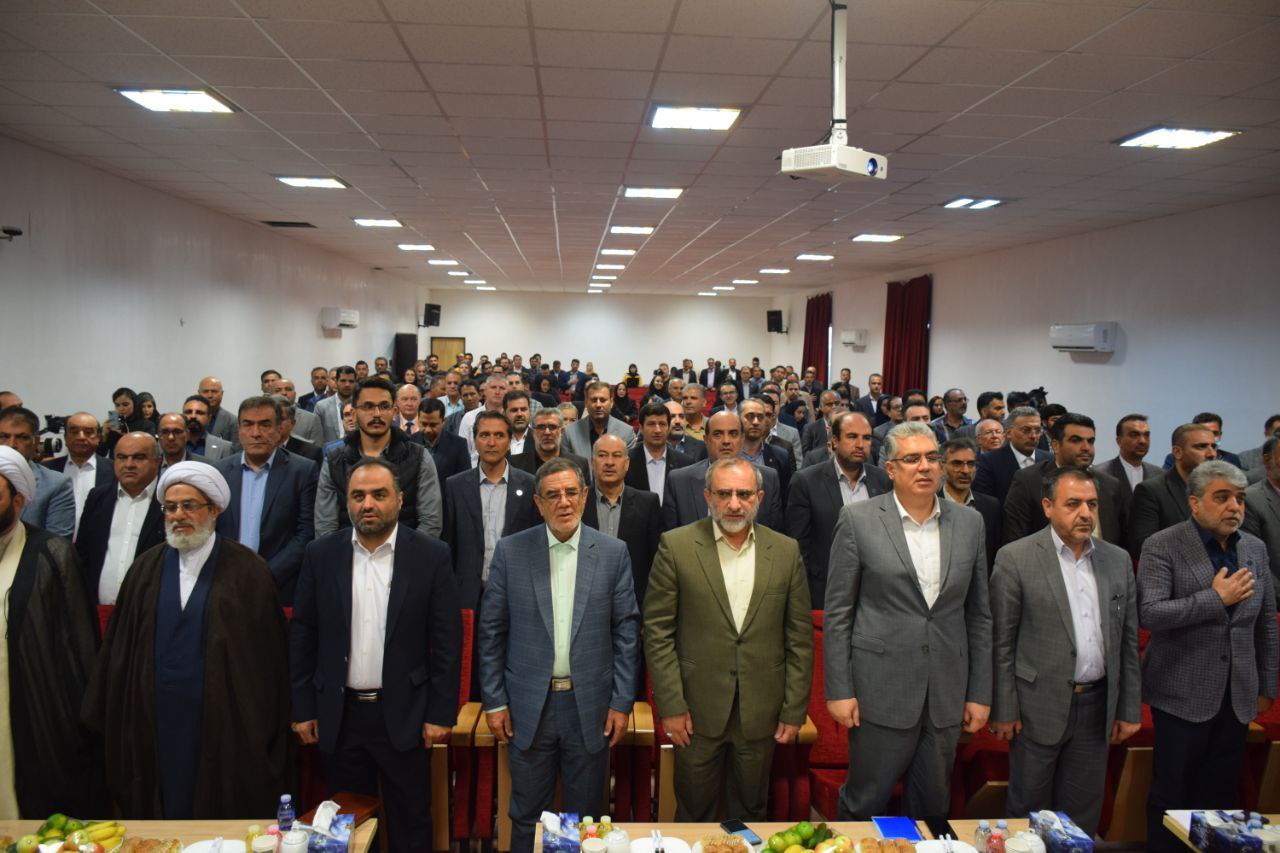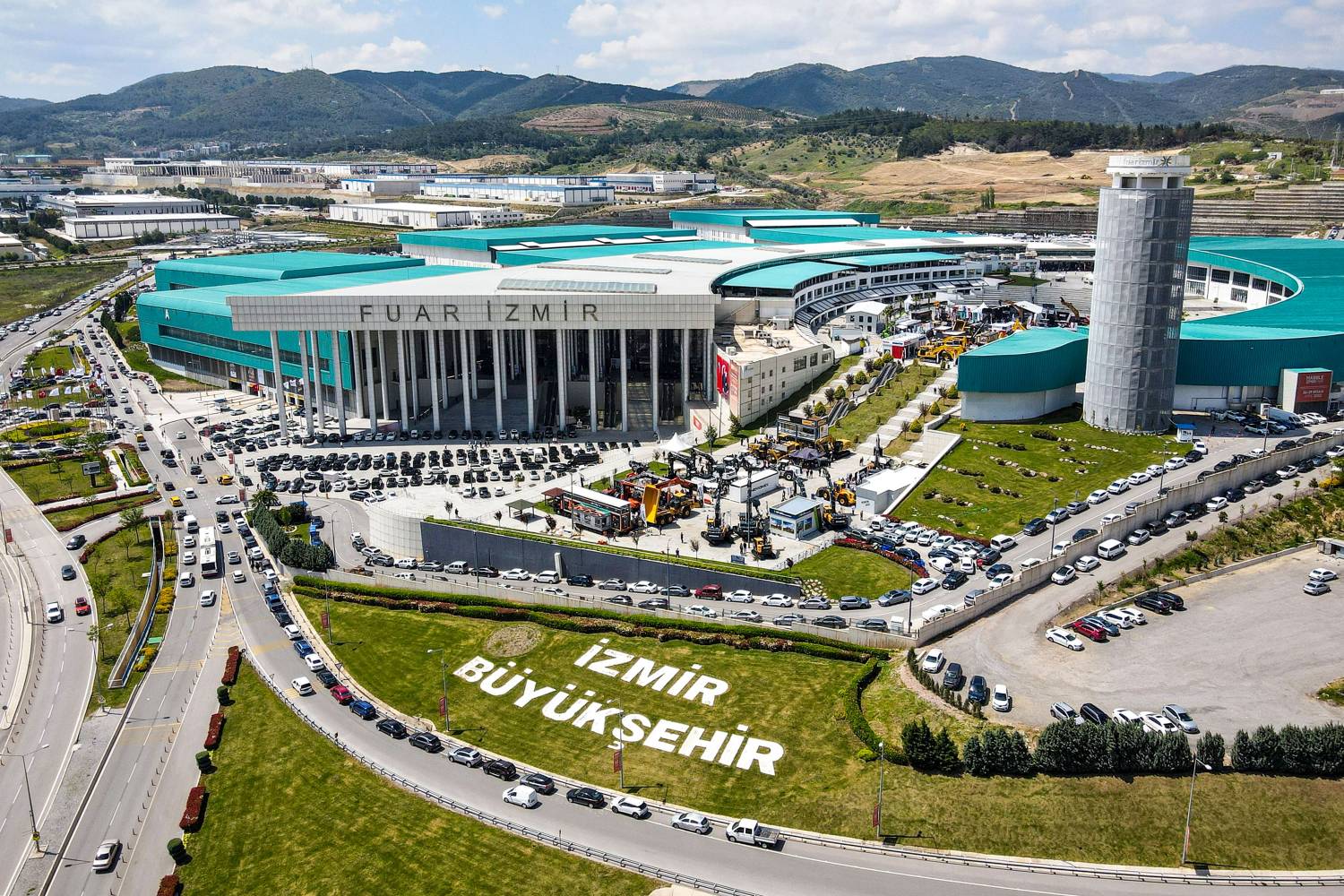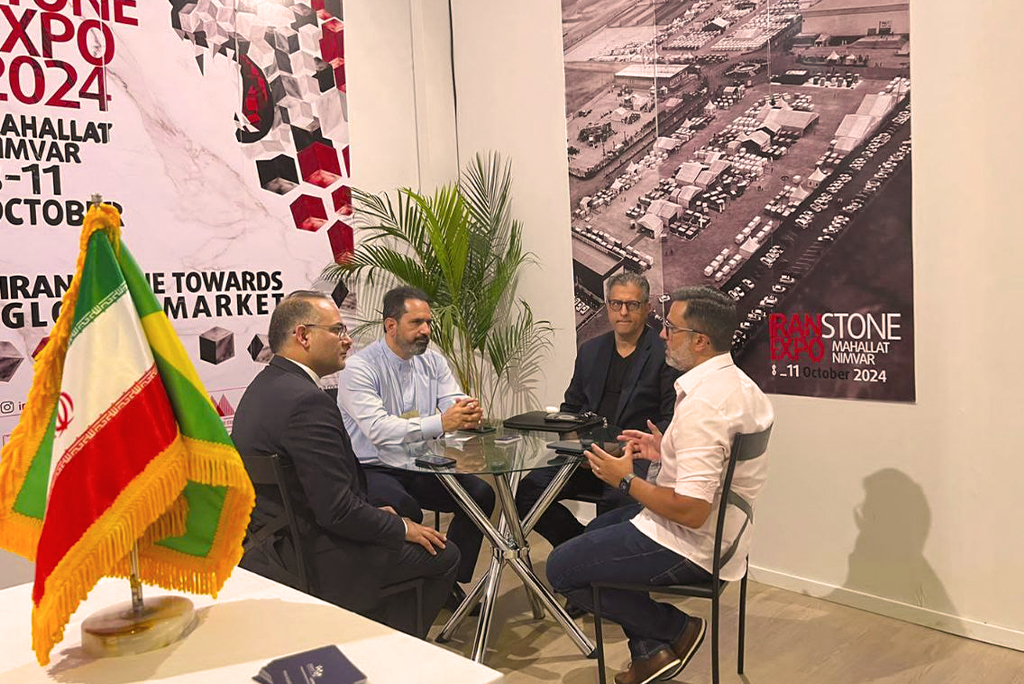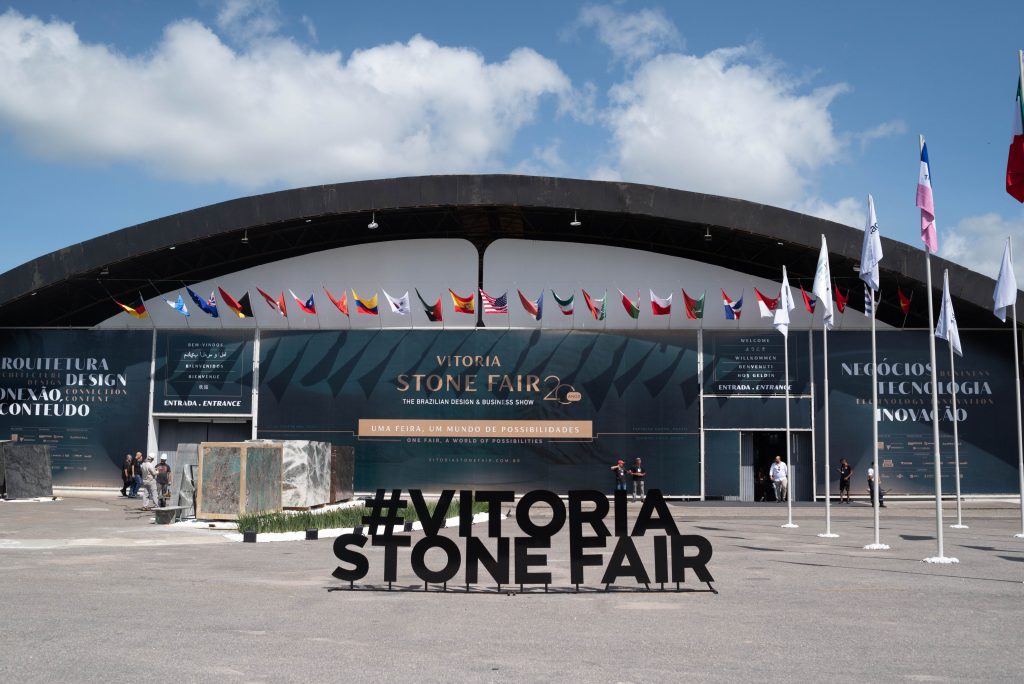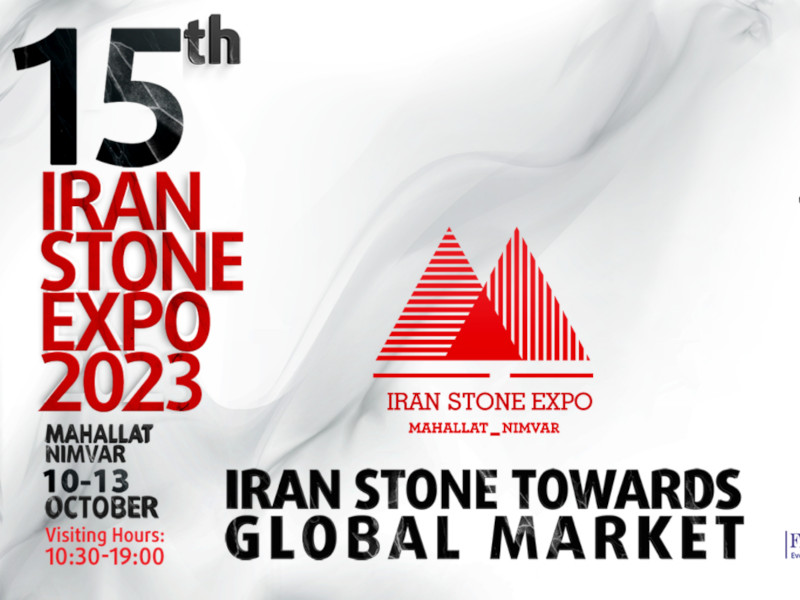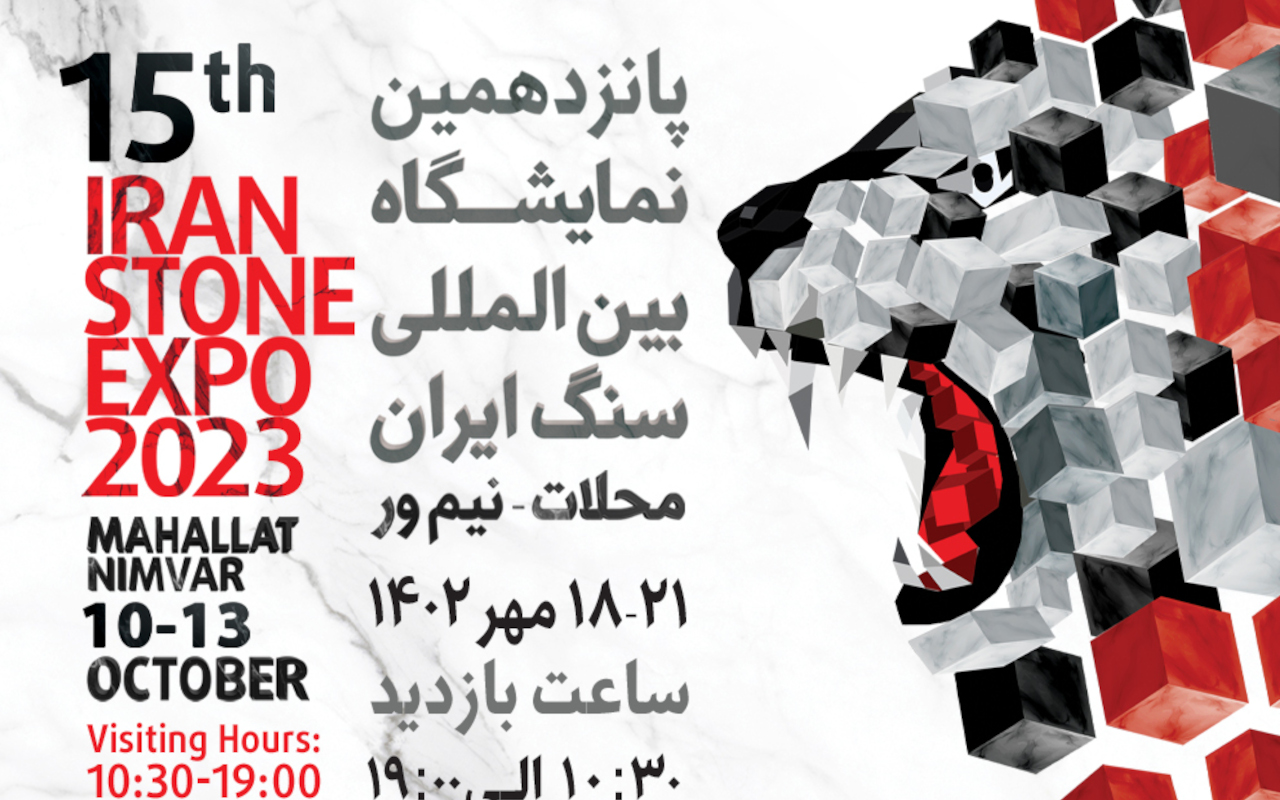Selling block stone does not mean selling raw stone

Mining activist: Most of Iran's stone exports, ie about 90%, are made to China, which is the largest supplier of stone in Asia and the world. Of course, this will also affect Iran's biggest rival, Turkey.
According to the International Iranian Stone Exhibition, what is called crude selling in the form of block or coupe stone is not crude selling at all. In fact, it should be said that in the block stage, sometimes processing operations are performed on raw stone and processed according to standards to achieve the desired result.
This important thing in the world is often done in pairs; That is, 50% of the stone extracted is sold as blocks and the rest as waste. Accordingly, if 300 million tons of stone are extracted, about 150 million tons include block stone, while in Iran this statistic varies from 3 to 5 times and Iran values block stone much less. We must note that block stone is not raw stone and its sale is different from the concept of selling raw stone. In this process, the export of block stone is not only negative for the country, but also positive.
In this regard, we can look at the experience of other countries active in the field of stone. For example, Italy and Spain, although having a comparative advantage in the stone industry, also export stone in the form of coupes. Another case is Turkey, whose stone production is between 10 and 20% higher than Iran. While our country produces about 10 million tons of stone, this figure is about 12 million tons for Turkey. Interestingly, Turkey exports half of its production stones in blocks, and this is not considered a negative event, but it is under attack in our country.
Critics blame activists in the field for chanting the importance of staying away from raw materials.
If we want to study the problems of stone export in blocks in Iran, we must say that in many parts of the world, the miner has his own factory and processing unit, but in Iran, separate processing plants are defined as mines. Unfortunately, the policy-making in this area has not been in the direction of bringing these two units together; Thus, value-added disputes between the miner and the factory owner have become a constant problem.
While factory owners have always tried to buy ore at low prices, miners have tried to sell the ore at the highest profits. Meanwhile, if the exporter buys a stone from the miner at a price of 3 million tomans per ton, the factory owner tends to procure it much cheaper in order to consider a larger share for its added value.
As a solution to this problem, it should be said that moderation is expected. This means trying as much as possible for miners to build processing units or for factory owners to allocate processing units to mines so that we can see less collisions.
It should be noted that Iran is one of the largest stone producers in the world. Global statistics show that Iran will produce 9 million tons of construction stone in 2018, and domestic statistics estimate this amount at 13 million tons.
Of this production volume, 1.425 million tons of stone has been exported in the form of cut or processed. With these interpretations, Iran is considered one of the largest producers of building stone. Given that the bulk of Iran's stone exports, about 90 percent, go to China, the largest supplier of stone to Asia and the world, predicting a sharp drop in Iranian stone exports this year will not be far-fetched. Of course, this will also affect Iran's biggest rival, Turkey.
Siamak Haj Seyed Javadi - Mining activist - Samat
